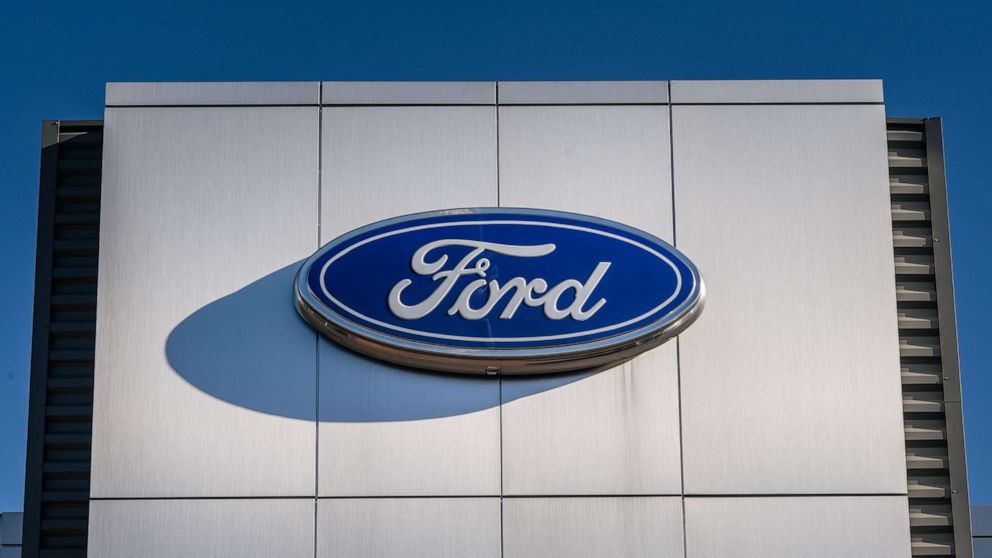Radio has been a staple of entertainment and information for over a century. From the early days of crystal sets to the modern digital age, radio has evolved with the times. However, one aspect of radio that has remained relatively unchanged is AM technology. AM radio has been around since the 1920s and is still used today, but its future is uncertain. Carmakers are now considering the viability of AM technology and whether it should continue to be included in their vehicles.
AM radio has been facing challenges for years. One of the biggest issues is its limited sound quality. AM radio broadcasts are susceptible to interference from other electronic devices and can be affected by weather conditions. This results in a poor listening experience for listeners. Additionally, AM radio has a limited range compared to FM radio, which can limit its reach.
Despite these challenges, AM radio still has a loyal following. Many listeners prefer the talk radio format that is commonly found on AM stations. AM radio is also important for emergency broadcasts, as it can reach a wider area than FM radio during power outages or other disasters.
Carmakers are now considering whether to continue including AM technology in their vehicles. The rise of digital media and streaming services has led to a decline in traditional radio listening. Many newer cars are equipped with Bluetooth and other connectivity options that allow drivers to stream music and podcasts directly from their smartphones. As a result, some car manufacturers have already begun phasing out AM radios in their vehicles.
However, there are still many drivers who rely on AM radio for news, sports, and talk radio. Carmakers must weigh the benefits of including AM technology against the cost of adding it to their vehicles. Some car manufacturers have found ways to improve the sound quality of AM radio broadcasts, which could make it more appealing to listeners.
Another factor that carmakers must consider is the transition to digital radio. Digital radio offers improved sound quality and a wider range than traditional AM and FM radio. However, the transition to digital radio is a slow process and may take years to fully implement. In the meantime, carmakers must decide whether to continue supporting AM technology or to focus on digital radio.
In conclusion, the future of AM radio is uncertain. Carmakers are considering the viability of AM technology and whether it should continue to be included in their vehicles. While AM radio has faced challenges in recent years, it still has a loyal following and is important for emergency broadcasts. Car manufacturers must weigh the benefits of including AM technology against the cost of adding it to their vehicles. As the transition to digital radio continues, it remains to be seen whether AM radio will continue to be a part of our daily lives.



